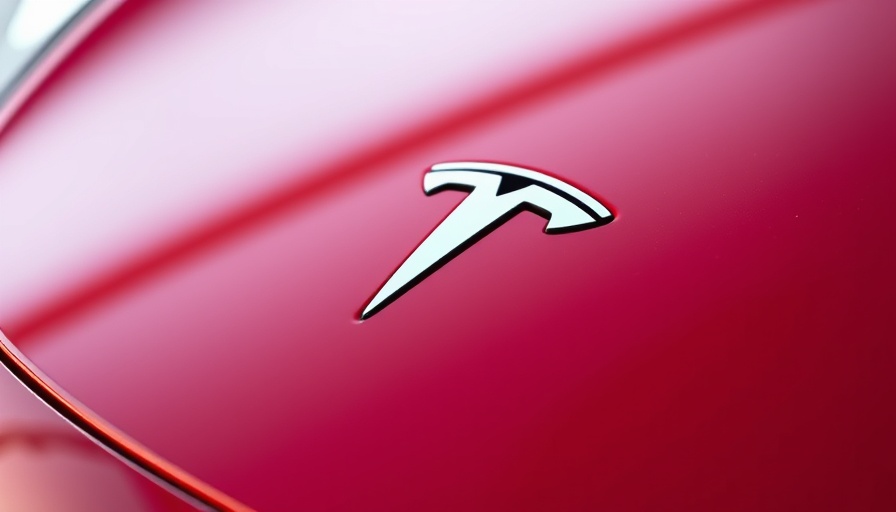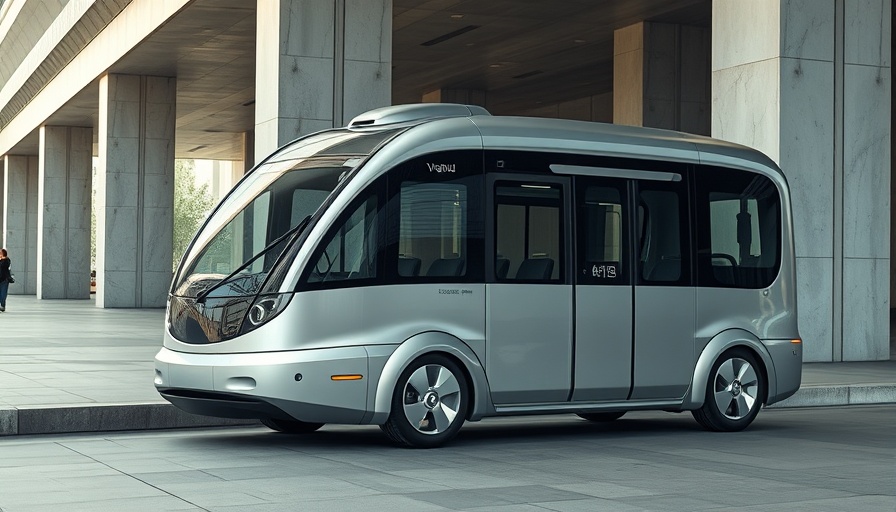
Apple Unveils iOS 26: A Stunning New Era in Mobile Experience
In a groundbreaking move, Apple has officially released the public beta of its highly anticipated iOS 26, making waves in the mobile tech industry. The innovative “Liquid Glass” design, boasting a new user interface and advanced artificial intelligence capabilities, promises a transformative user experience.
What’s New in iOS 26? Breaking Down the Features
The standout feature of iOS 26 is undoubtedly its stunning Liquid Glass interface, which aims to create a more immersive and elegant experience. Unlike previous versions, this update introduces a dynamic feel across various user interface elements—ranging from icons to navigation controls—creating an almost ethereal visual experience. The revamped design includes a sophisticated Lock Screen with 3D photo effects and new app icons that users can customize, further enhancing the personalized experience on their devices.
Additionally, Apple has significantly boosted its AI capabilities, which includes a real-time translation feature for conversations, AI-generated suggestions for polls in the Messages app, and enhanced object recognition in images through Visual Intelligence. These features reflect Apple’s commitment to integrating cutting-edge technology into everyday communication and usability.
The Expanded Ecosystem: Beyond iOS 26
Apple is not only revolutionizing the iPhone experience with iOS 26 but also rolling out similar updates across its other platforms, including iPadOS 26, macOS 26, tvOS 26, and watchOS 26. Each system adopts the Liquid Glass aesthetics, ensuring that Apple users will experience this redesign across all their devices. This cohesive branding approach reaffirms Apple’s vision of a seamless user experience across its ecosystem.
Exciting New Features That You Won't Want to Miss
The Phone app features exciting new updates, such as Call Screening, which prompts unknown callers to introduce themselves before the recipient answers. This improvement directly addresses concerns over spam and robo-calls, offering users more control over their communications.
Fans of gaming will also appreciate the introduction of a dedicated gaming app, which serves as a hub for playing and discovering the latest games, uniting the gaming community in a space designed for optimal engagement. Moreover, features like Hold Assist notify users when they can speak with a live agent, demonstrating Apple's effort to enhance customer service experiences through technology.
The Future of iOS: What Lies Ahead?
As Apple sets the stage for the official release of iOS 26 later this fall, tech enthusiasts are eagerly anticipating how these features will unfold once they are available to the broader public. The introduction of AI-driven functionalities indicates a trend toward smarter device interactions, prompting speculation about what further innovations future iterations of iOS might bring.
With emerging trends in mobile technology, users can expect even greater synergy between hardware and software, leading to enhanced personalization and smarter communication tools. Apple’s continuous innovation sets benchmarks in both usability and design, positioning itself at the forefront of the technology industry.
Key Takeaways for Tech Enthusiasts
For avid followers of tech news, iOS 26’s beta release signifies more than just a software upgrade. It is a testament to Apple’s relentless push toward innovation and user-centric design in the tech landscape. Understanding these advancements prepares users for an evolving mobile ecosystem and highlights the opportunities that cutting-edge technologies present.
As the tech world shifts toward AI-driven solutions, staying informed through reputable tech news sources will be essential. Keep an eye on the upcoming changes in technology trends and innovations to navigate through the exciting developments this fall.
Stay Connected with the Latest Tech Developments
As the tech industry continues to flourish, being updated on the latest tech news is crucial. Follow trusted sources and engage with the community to make the most of what technology has to offer. Whether you're an Apple enthusiast or simply someone interested in seamless tech experiences, this public beta of iOS 26 marks a significant shift worth exploring.
 Add Row
Add Row  Add
Add 



Write A Comment